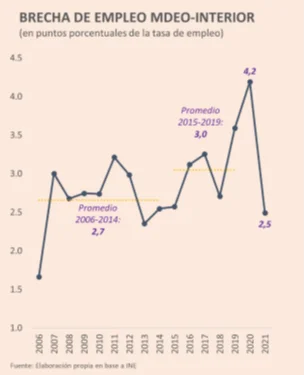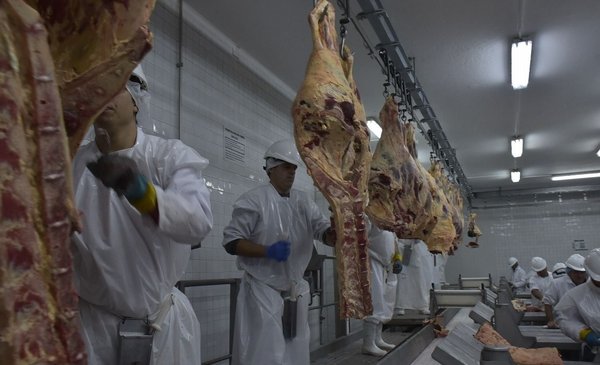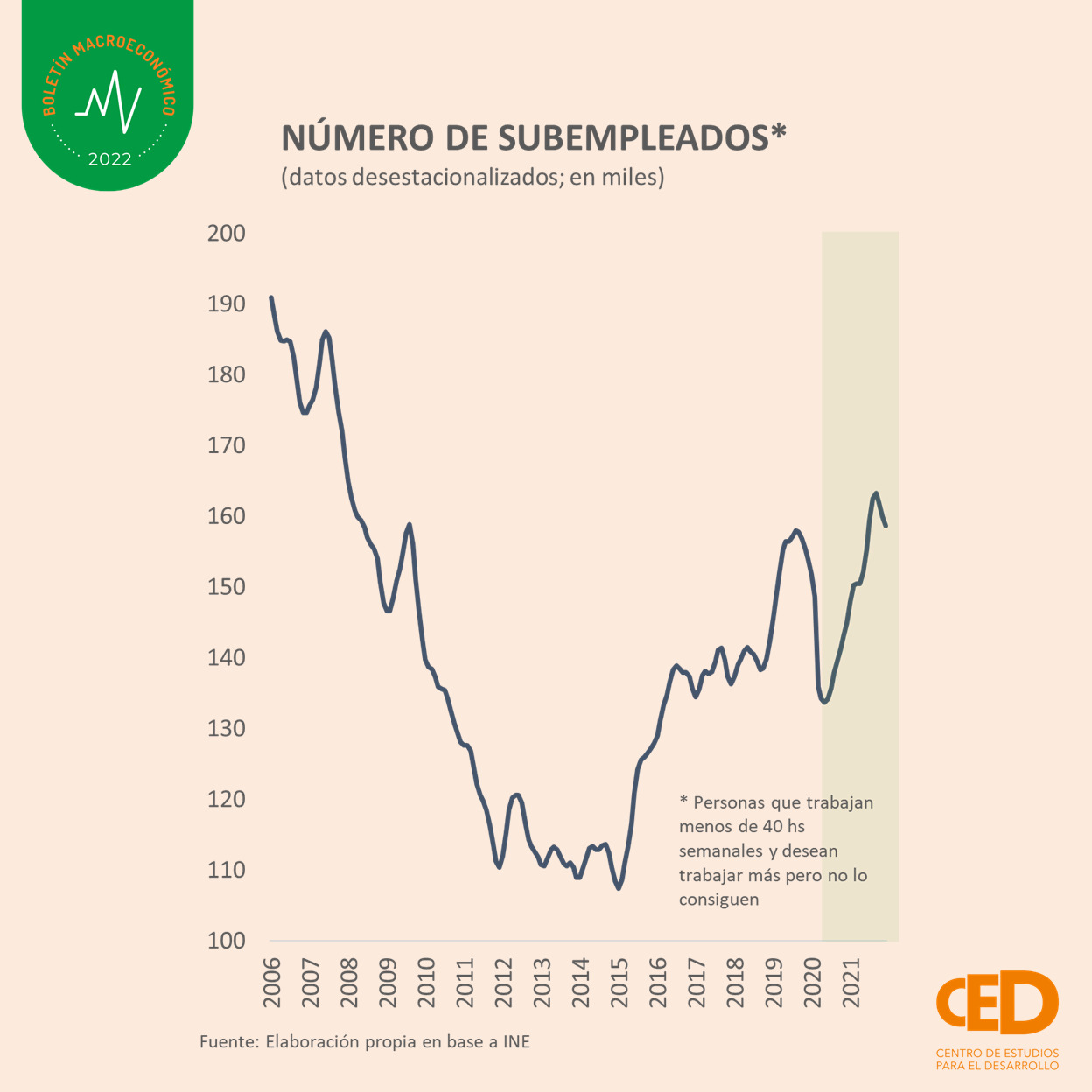The interior of the country absorbed 90% of the total employment generated at the national level in 2021as projected by the Center for Development Studies (CED). Last year, almost 50,000 jobs were created on the annual average, after 59,000 were destroyed in 2020 due to the effects of the pandemic.
This Tuesday, the National Institute of Statistics (INE) published the December data on activity, employment and unemploymentwhich gave a positive closure to the 2021 balance, after the strong shock caused by covid-19 on the labor market the previous year.
In December, the activity rate stood at 62%, the employment rate at 57.7% and the unemployment rate at 7% —its lowest level since December 2017—.
The CED estimated that in 2021 the Uruguayan economy will have an expansion of 4.4% (the official data will be known in March), so “For each point of growth, some 11,000 jobs were created.“, according to the document. It was about “the year with the highest number of new jobs generated since 2011″ . In addition, the number of employed at the end of 2021 exceeded the levels prior to the pandemic by 9,000.
Therefore, “Uruguay recovered after 18 months all the jobs lost during the health crisis (around 108 thousand)”highlighted the study center.
The interior was the great engine
With the detail given is the regional dynamics, the report observed that most of the employment was generated in the interior of the country. According to the institution, 90% of the total employment generated was absorbed outside the capital. Montevideo barely increased its average by 5 thousand jobs in 2021.
The study noted that “the employment gap between both regions reached its lowest level since 2013 and stood at historically low values” and considered that it may be due to “the great dynamism shown by the agro-industrial sectors and their spillover effect on activity and employment —typically more concentrated in the interior of the country—”.
In fact, in favorable times for the agribusiness sector, such as the one registered between 2004 and 2014 with the boom in commodity prices in international markets, the employment gap between Montevideo and the interior of the country has tended to be smaller, a situation that could return. to be accentuated, according to the CED. 2021 marked a strong appreciation of agro-industrial export products. Foreign sales of goods exceeded US$11.5 billion and set a record, dynamism that was maintained at the start of this year with an expansion of 31% year-on-year in January.

CED
How did the wage bill go and what to expect in the future
This week the INE also released the data of the Average Salary Index (IMS) which, discounted from inflation, leaves as a result the evolution of the real salary. The purchasing power of the salary of Uruguayans worsened by 1.56% in 2021 for the second consecutive year. But nevertheless, there is an indicator that brings together the performance of wages with that of employmentto measure in total how much Uruguayans received in remuneration: the wage bill.
“With the pandemic, the wage bill recovers (partially) because employment does, despite the fall in real wages. Basically, the economy experienced a gain in productivity, although more as a result of its cyclical position than due to factors structural or supply”, indicated the CED in its report.

CED
According to the CED, the wage mass and the GDP “returned to present variations of the same sign, which denotes stability in the participation of labor remuneration in income.” However, unlike in recent years, the differential between GDP growth and real wages was far from average employment growth.
“The above assumes that there is significant room for improvement in salary recovery after two consecutive years of decline. In fact, towards the end of the year, many salary agreements were signed above the government guidelines, which suggests that either some sectors performed better than expected and therefore presented greater slack when it came to salary adjustments, or well that the expectation of future inflation of employers and workers is greater than that of the government”, he explains.
The quality of employment
Despite the good news, there is still a weak edge in terms of the recovery of the labor market, which is reflected when taking a closer look the quality of jobs recovered.
The CED noted that the rate of underemployment “was at the highest levels since 2008, so that approximately 159 thousand people wanted to work more hours, but could not“.
In addition, the report warned that although the figures are generally very good in terms of the recovery of pre-pandemic levels, comparison with those figures “is ‘tainted’ by a deteriorated starting point“Prior to the pandemic, the economy went through a process of low economic growth with job losses (53,000 in the 2015-2019 five-year period),” he explained.

















